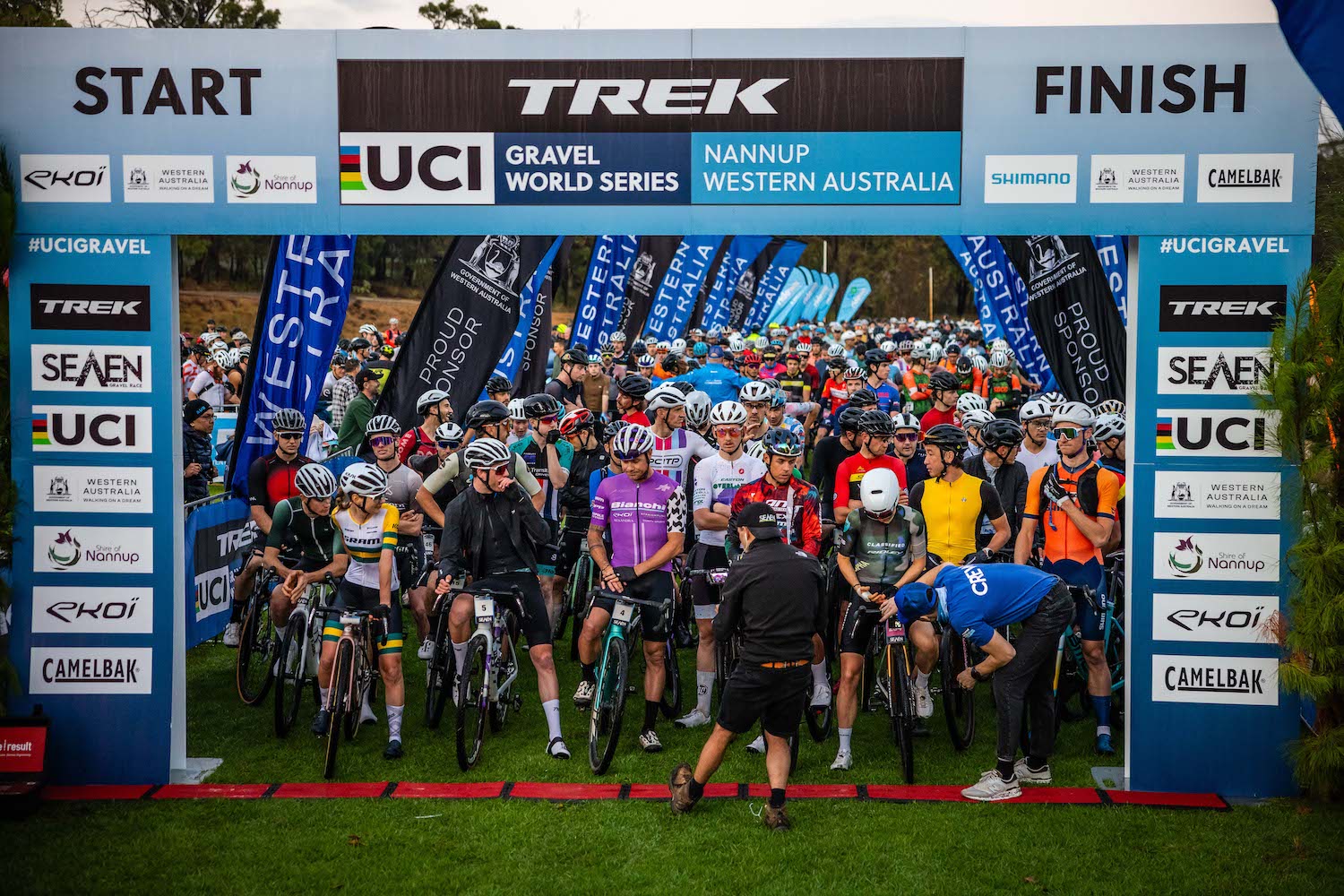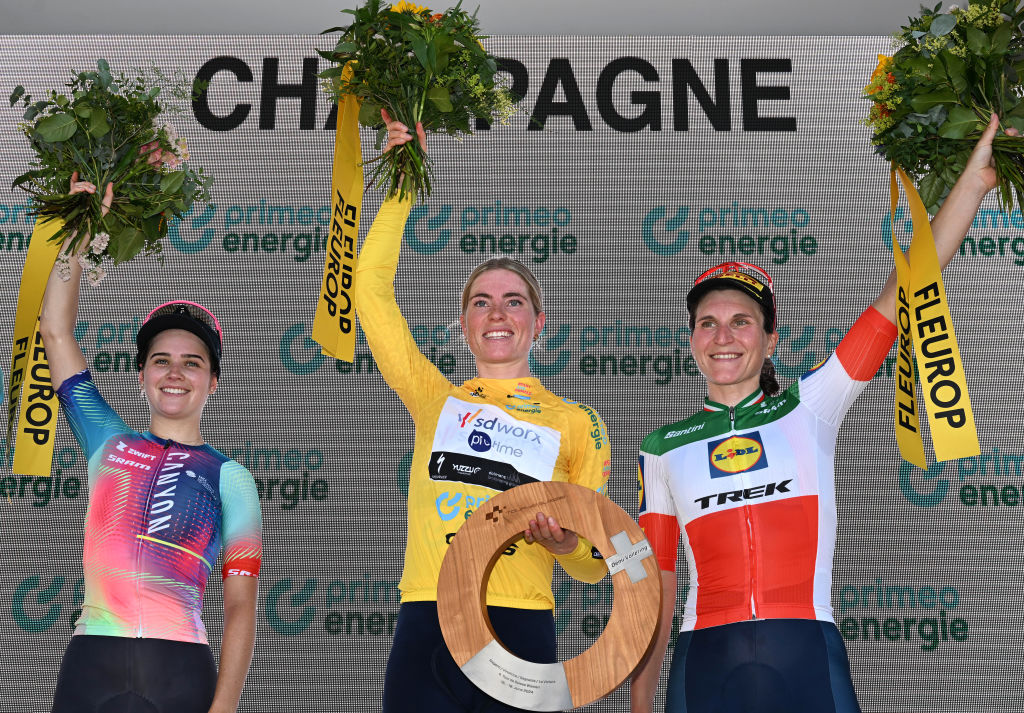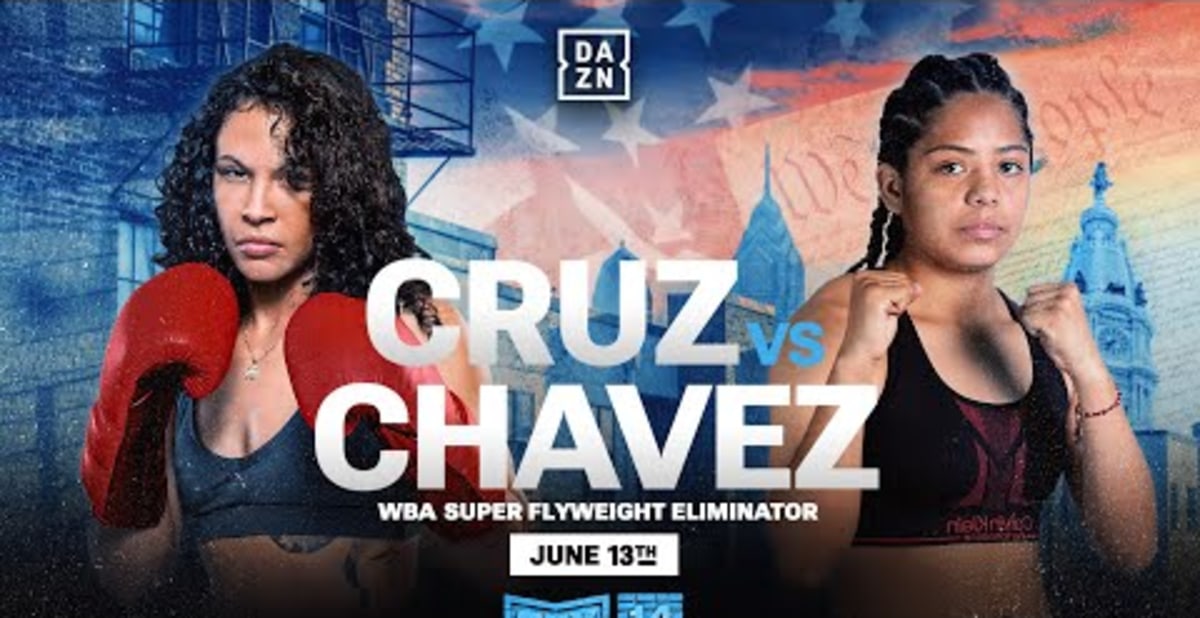Alan Bastable
;)
The hole location in question, on the 5th green at Eagle Crest Golf Club in Michigan.
@UCAarongolf
There is no such thing as an “illegal” hole location, but the United States Golf Association does offer hole-placement guidance in its official Committee Procedures. You’ll find the dos and don’ts in Section 5E(1), which reads in part:
The Committee should avoid placing a hole on a slope where the ball will not come to rest. When the contours of the green allow, holes should be placed where there is an area of two to three feet around the hole that is relatively level so that putts struck at the proper speed will stop around the hole.
And when this tenet is violated?
Things can get ugly. Really ugly.
Look no further than the opening round of the National Association of Intercollegiate Athletics (NAIA) Women’s Golf National Championship in Michigan earlier this week. When players arrived on the green at Eagle Crest Golf Club’s par-5 5th hole, they encountered a hole cut in such a severe and slippery section of the putting surface that balls left short of or just past the hole ran the risk of making a U-turn and trundling back to the players’ feet.
A couple of videos of this predicament made the rounds on social media, but the best evidence of the hole position’s impact was penciled onto players’ scorecards. At the conclusion of the day, the hole had played to a whopping stroke average of 6.97 with 90 of the 156 players making double bogey or worse and only 18 players making par or better.
As the field navigated this dilemma, pace of play also suffered. One coach told Golfweek’s Beth Ann Nichols that by the afternoon, there were more than hour-long backups on the 5th tee. Nichols also reported the green produced not just 4- and 5-putts but also 6- and 7-putts.
So, what happened?
In a statement, the NAIA said: “We regret to confirm that an unfortunate situation occurred at the NAIA Women’s Golf National Championship. The hole on No. 5 was incorrectly placed in a challenging position. We take this matter seriously and have taken immediate steps to ensure this type of situation will not happen again. The NAIA is committed to the student-athlete experience.”
Unclear from that explanation is how exactly the hole was cut in the wrong spot (or if it was anywhere near the intended spot), and an NAIA spokesperson did not reply to GOLF.com’s request for comment.
One of the videos from the round (see above) that has circulated on social media shows a player watching incredulously as what was roughly a 20-foot uphill putt catches the right edge of the hole, horseshoes out and rolls back to her feet. Aaron Watkins, head coach of the University of the Cumberlands’ team, posted the clip to his X feed with the caption, “This was happening all day.”
When reached by email Thursday, Watkins said he posted the video because “these young ladies deserve to have a great experience. They have worked all year to compete in a national tournament and they did not deserve what happened. It took our players two hours to play that hole alone with 7 groups on the tee box waiting.”
When does a tough hole location become tricked-up? A superintendent explains
By:
Josh Sens
He added: “To be honest, everything I set out to accomplish has been accomplished, which was to hold the people accountable who were responsible for a very unfortunate situation.”
Two years ago, at the NCAA Div. III Women’s National Golf Championships, players faced a similar quandary when in the third and final round a precarious hole location on the 6th hole led to a barrage of big numbers. Tournament organizers ultimately deemed the hole “unplayable” and nulled the round, even though nearly two-thirds of the field already had signed their cards. (The tournament also was fighting inclement weather, which influenced the decision.)
When asked whether coaches at the NAIA event thought the opening round should have been canceled and replayed, Watkins said he and his fellow coaches weren’t sure what to think.
“I don’t think anybody really knew what to do,” he said. “My team came through later in the day so most of what I heard was just, everybody’s playing the same hole, so it just is what it is. I found that to be extremely unacceptable.”
In the second round on Wednesday, and with a more reasonable hole location on the 5th green, the 5th hole scoring average dropped to 5.28 and the 18-hole scoring average from 82.27 to 79.43. In the third round on Thursday, the University of British Columbia opened up a commanding 14-shot lead with a few players still on the course as of this writing. In the individual event, Jessica Ng of British Columbia holds a one-shot lead, at six under, over Sharon Shan of the Savanah College of Art and Design Athletics.
Both titles will be decided in the fourth round on Friday.
;)
Alan Bastable
Golf.com Editor
As GOLF.com’s executive editor, Bastable is responsible for the editorial direction and voice of one of the game’s most respected and highly trafficked news and service sites. He wears many hats — editing, writing, ideating, developing, daydreaming of one day breaking 80 — and feels privileged to work with such an insanely talented and hardworking group of writers, editors and producers. Before grabbing the reins at GOLF.com, he was the features editor at GOLF Magazine. A graduate of the University of Richmond and the Columbia School of Journalism, he lives in New Jersey with his wife and foursome of kids.


;)












